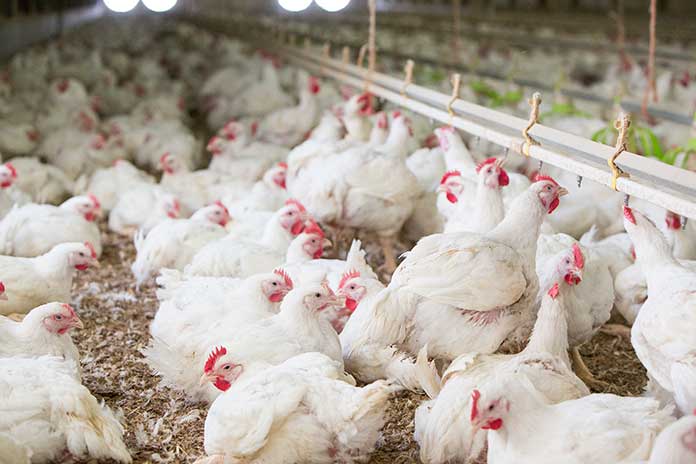
USPOULTRY and the USPOULTRY Foundation announce the completion of a funded research project at the University of Georgia in Athens, Georgia, in which researchers examined novel next generation sequencing techniques. A complete report, along with information on other Association research, may be obtained by going to USPOULTRY’s website, www.uspoultry.org.
Project #711: Improvements in Molecular Diagnostics for Mycoplasma, Infectious Laryngotracheitis Virus and Other Important Avian Respiratory Pathogens
Dr. Naola Ferguson-Noel at the University of Georgia Poultry Diagnostic and Research Center recently completed a project in which research was conducted to develop and compare novel next generation sequencing techniques. This research identifies relevant respiratory pathogens quickly and also differentiates them between vaccine and field strains.
In order to quickly identify and control poultry respiratory diseases, a single, rapid and affordable test is advantageous to pinpoint the pathogens involved in multifactorial respiratory infections. Nanopore sequencing is a relatively novel technology that is accessible and cost effective for labs.
The aim of this study was to develop next generation nanopore sequencing techniques that would not only identify relevant respiratory pathogens quickly, but also differentiate between vaccine and field strains as well as subtype when necessary. The specific objectives of this research were:
- to compare this novel sequencing technology with respect to speed, cost and quality of data obtained from tracheal swabs from infected and non-infected chickens;
- to develop targeted enrichment protocols for avian respiratory pathogens and vaccines; and
- to compare broad sequencing analysis to pathogen-specific (Mycoplasma, Infectious Laryngotracheitis virus, etc.) targeted enrichment protocols.
To achieve objective 1, the cost and time of sequencing using current diagnostic protocols were compared to the targeted enrichment protocol developed in objective 2. Overall, the turn-around time for results were similar for both protocols assuming the sequencing step was started immediately. However, the cost of the assays differed substantially. The flexibility of being able to have the needed devices and equipment in house as well as implementation of multiplex amplification greatly contributed to the disparity between costs.
The second objective of this research project was achieved by developing a targeted enrichment protocol for detection of Mycoplasma synoviae (MS) and Mycoplasma gallisepticum (MG), with specific designs that would allow additional pathogens to be included in a respiratory panel as research continues. A multiplex of seven targets was able to identify both MS and MG from DNA extracted from cultures.
Added improvements in the speed and accuracy of the bioinformatic workflow will contribute to the ability of implementing this assay in a diagnostic setting, where rapid turnaround time of reliable results is of great importance.Broad sequencing analysis was found to be either ineffective or too time consuming for use in rapid diagnostics.
Overall, the novel nanopore sequencing assay developed in this study exhibits three vitally important factors for success of diagnostic assays: low cost, fast turn-around time and high accuracy.
Further work on streamlining library preparation and the bioinformatic workflow, as well as developing additional targets for viral respiratory pathogens that can be used flexibly, would allow this assay to be used effectively as a respiratory screening panel.

















